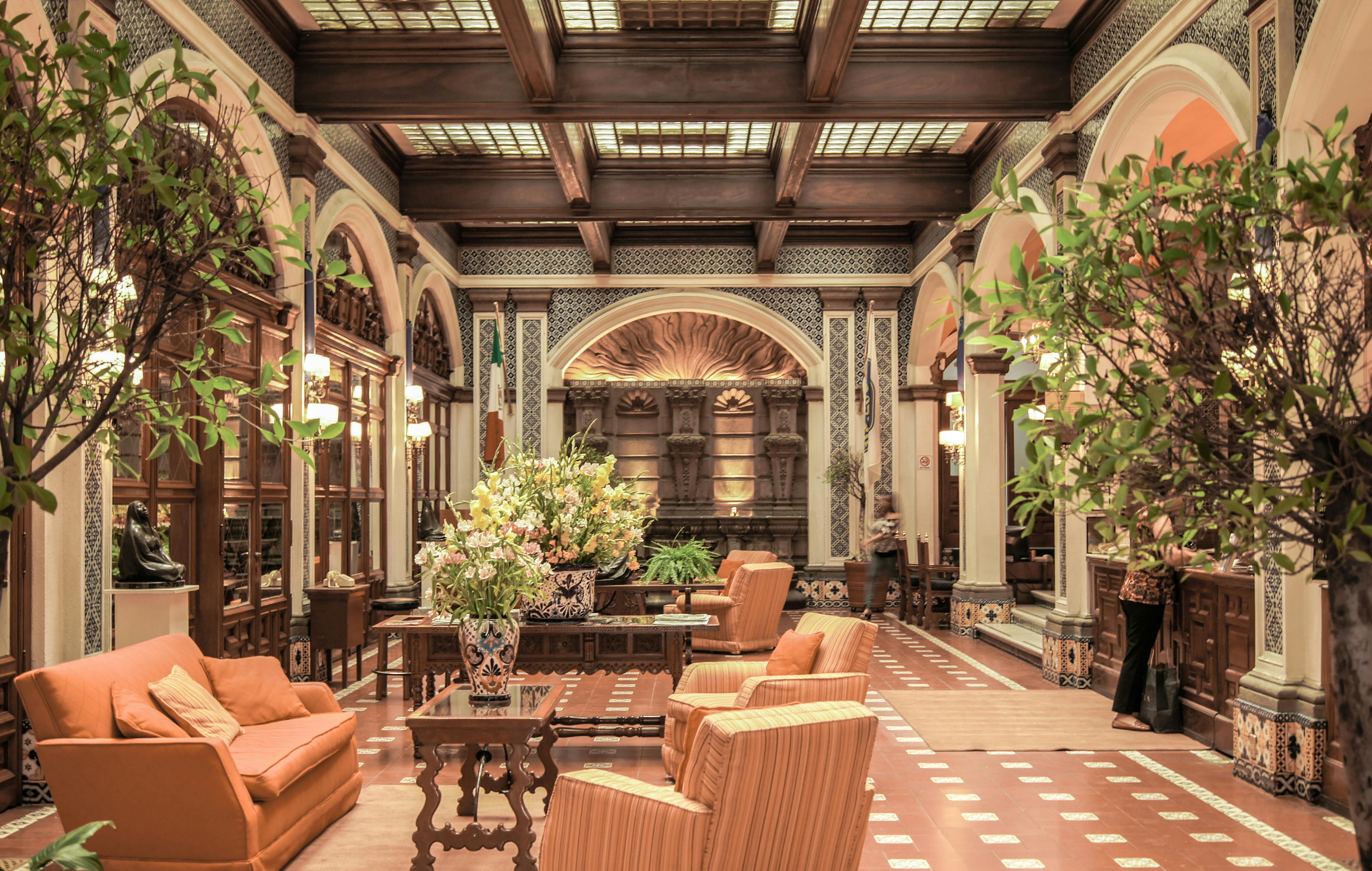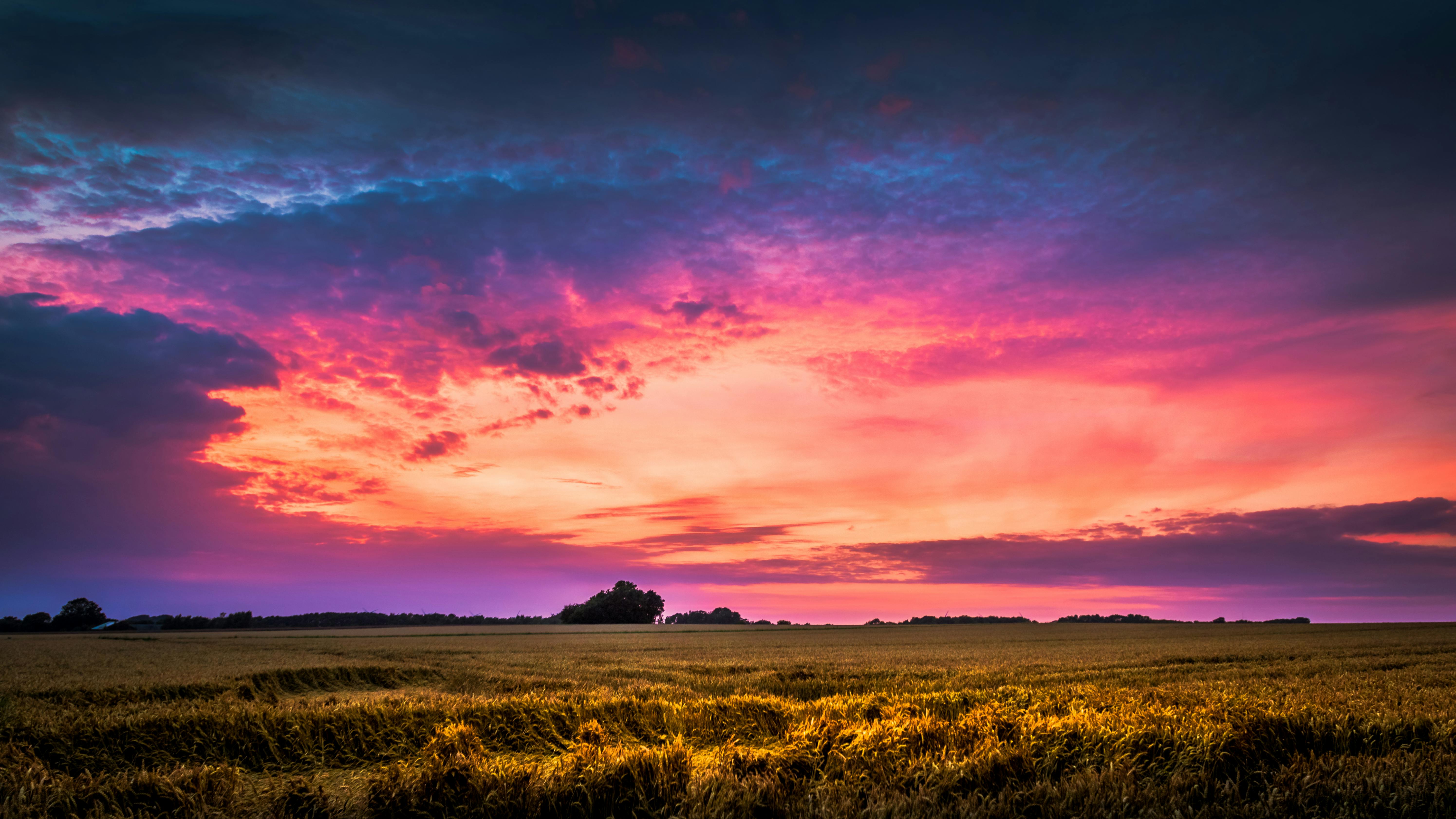Many years ago, on a trip to Europe with a boyfriend, I met the Citroën 2CV or deux cheval. On a six week tour of various countries and historical sites, he took 90 photos of the cars and 10 of me, I think you can guess where the relationship ended.
History aside, I thought my husband would have a lot of fun driving a vintage car through Provence for a day. The answer was simple, there is a Dutch / French company called 2CV Experience that rents lovingly restored cars for a “two horsepower” day. It couldn’t have been easier as they are minutes from the outskirts of Aix-en Provence. They currently have 12 cars and are shortly increasing their inventory to 15. These impeccable cars have been completely hand restored, meticulously painted, and are ready to go when you arrive. All the cars bear the name: Tournesol, Olivier, St-Tropez, Menthe, Sahara … they gave us the keys to Lavende for the day.
The Citroën 2CV was produced between 1948 and 1990. The car, technically well built and designed, was affordable and literally designed to shift the French rural population from dependence on animals (horses and carts) to the car. The car remains iconic. It is minimalist in design, lightweight, offers ease of service and consistent reliability. In 42 years of production, more than 3.8 million cars were produced.
I couldn’t have dreamed of a more perfect day in mid-March. It was a sunny day, clear and warm, brilliantly sunny. At 10 am we were instructed on how to “reverse” the convertible soft top, from then on it was a “topless day” until 7pm.
We had a vague idea for our day trip. It looked something like that; head for the coast and then “debate” whether you should head left or right. This would be followed by a more cordial talk about where to have lunch and, finally, a quieter ride back to the base of operations. Fortunately, 2CV Experience saved the day by providing a detailed map, route instructions, and tourist notes for a 145km drive through l’Etang de Berre. There are actually seven lakes, but Etang de Berre is the largest. The area was formed during the last ice age. This inland body of water is fed by fresh water sources. The whole area is more than 20 km long and 16 km wide. There are numerous towns and small towns to visit along the way.
The first stop was Chateau La Barben, just outside La Barben. There has been a structure in place since 1064. The castle has been restored and is now adapted to various needs; tourists by day, B&B guests by night, and special function receptions. Unfortunately we got there early in the season and too early in the day so we couldn’t see inside. Certainly the exterior is well restored and the location is a beautiful cool oasis, surrounded by water sources.
The next cities were Pelissanne, Salon de Provence, Grans and Saint Chamas. Each city has some unique sites and photo opportunities. Without a doubt, the town of Grans was our favorite stop. The village is small and maintains a true Provencal atmosphere with a mix of residences, restaurants and cafes. This small town has a permanent population of about 3,800.
The other towns were not very remarkable, although each has some unique characteristics and offers some photo opportunities at the most unexpected moments. Although the rental company provides all the tools for a picnic, you still need to spend a few minutes shopping for the ingredients. We end up in Istres in a restaurant for lunch. This is an ancient city that has a few remaining Roman sites surrounded by a bustling city. A quick trip around the area and it’s clear that you shouldn’t venture too far from your car and have your valuables close at hand. With that said, we stumbled upon Pinçée de Sel for lunch on the main street and it was excellent.
Post-lunch stops included the village of Saint Miter les Remparts, this village must NOT be missed. The ancient city was surrounded by high defensive walls, dating back to the 14th century. There are two main entrances to the old town, the north and south gates. Don’t miss the residences built into the old town walls. This small town is a charming and relatively quiet stop on the tourist circuit. Unfortunately, time was running out and the sun was heading in the wrong direction, so the following cities were literally in transit for another time.
My husband, the willing driver, was warned about some of the idiosyncrasies of the car. First it was where the emergency lights were in case of any unforeseen event. Important details include the fact that there is NO power steering, NO power brakes, and the transmission is out of sync. Translated, it all means that one needs to use a little muscle to drive the car and has to think ahead. With an out-of-sync clutch, if you need to downshift into first gear, the car must come to a complete stop before engaging the gear. The shifter is interesting as it is on the dash, with a unique shift pattern. Lavendre was fun to drive, cornering took a bit of effort to mismanage the steering, and a rolling stop in second gear was the name of the game – avoid full stops if possible. The car accelerated well. The car seems to work better at 90 km / h or less; much better to enjoy the sights and sounds of the small towns, natural sights and historical monuments along the route.
At the end of the day it was truly a “magical” experience in an old classic. The small team at this company are well organized, professional, helpful and provide excellent route notes. Otherwise, we could still be “arguing” the addresses.



